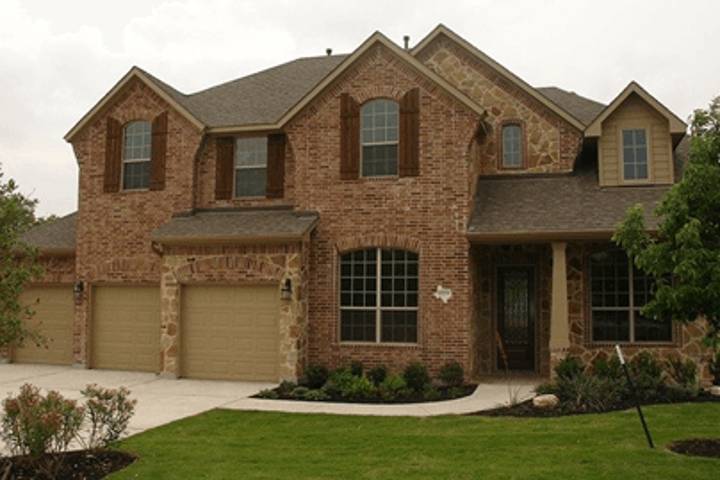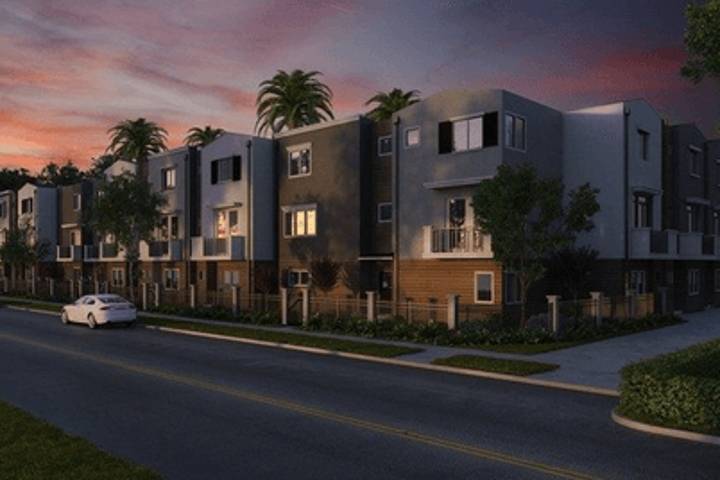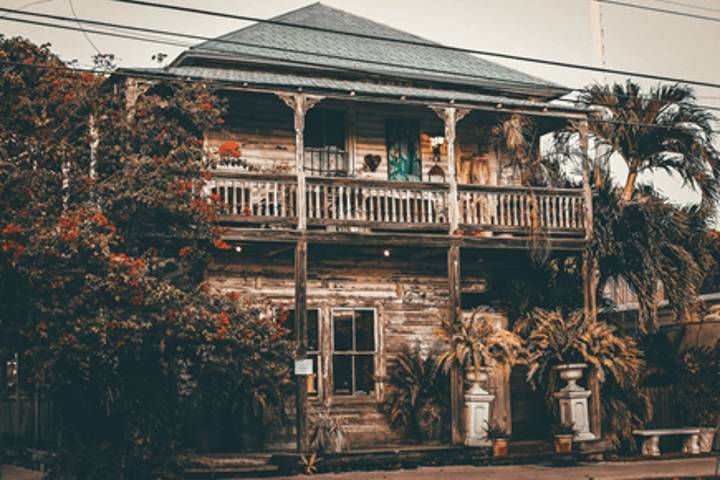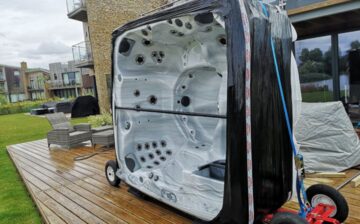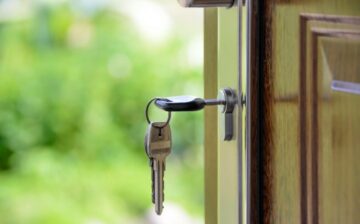No matter what type of home you live in, there is a home insurance policy designed to protect it. There are seven main types of home insurance that provide different levels of coverage for different types of properties and an additional eighth policy type for older homes.
What is the best type of home insurance? That depends on the type of property you own and its level of risk. Knowing which perils your property is at-risk for and if your property needs protection class 10 homeowners insurance are essential to deciding which type of coverage is best for you.
Not sure what kind of coverage your home needs? Familiarize yourself with the types of home insurance policies listed below before you buy, so you know you’re getting the right level of protection for your home.
What are the Different Types of Property Insurance?
Property insurance is a broad term that includes homeowners insurance, renters insurance, and specific peril coverage, like flood and earthquake insurance policies. And not all house insurance policies are the same.
The significant differences between the types of homeowners insurance are 1) the property type covered, 2) the named perils that the policy covers, and 3) whether the property is covered at replacement value or actual cost.
For example, some types of home insurance include personal property coverage, and some cover the replacement value of your home. However, you have to pay higher premiums for that level of coverage. Picking the right kind of policy save you from paying more than you need to.
What are the Seven Main Types of Home Insurance?
Save money on home insurance by choosing the right kind of policy. There are seven main types of homeowners insurance to choose from:
HO-1 Basic Form
This is the most basic and limited form of home insurance. Property and personal items are only covered at their actual cash value, and coverage is limited to the ten named perils in the policy:
- Fire and lightning
- Smoke damage
- Windstorm and hail damage
- Riots
- Explosions
- Vandalism
- Theft
- Falling objects
- Damage caused by aircraft
- Damage caused by other vehicles
This basic coverage does not protect your home’s foundation, and it doesn’t cover water damage of any kind. Additionally, it won’t provide personal liability or medical cost coverage if someone is injured on your property.
Because of these limitations, be aware that most insurance companies do not offer this form of coverage anymore. Also, they encourage you to purchase broad or comprehensive coverage.
HO-2 Broad Form
This policy is an upgrade from the HO-1 form. Personal liability and medical payments are included. Personal items are still covered at cash value, but the dwelling itself is covered at replacement, and it’s protected against 16 named perils. These include the ten in basic coverage plus:
- Freeze damage
- Snow, ice, or sleet damage
- Volcanic eruption
- Accidental damage caused by electrical surges
- Damage caused by tearing, cracking, burning, or explosion of household appliances
- Water damage caused by an accidental overflow of nearby water or stream
This type of home insurance provides more coverage. But, it still doesn’t protect the foundation of your home or dwelling, and not protect against flood or other water damage aside from what is already listed in the policy.
If you require more coverage, you should look at HO-3 Special Form or HO-5 Comprehensive Form home insurance.
HO-3 Special Form
According to NAIC, this is the most popular type of single-family home insurance, with 79% of homeowners choosing or switching to this type of home insurance policy. It’s popular because it protects your home against ALL risks, aside from the exclusions that are specifically listed in your policy.
Each provider is different, so look at your policy closely to learn which losses are not covered. On average, this type of home insurance won’t cover:
- Foundation damage
- Water damage from flooding or sewage backup
- Mold or fungus
- Earthquakes
- War or nuclear hazards
- Damage caused by power outages
- Also, damage caused by pets, animals, or insects
- Damage caused by wear and tear
Despite these exclusions, most insurance companies offer endorsements or insurance riders if you require additional coverage for property or personal items.
HO-4 Renters Insurance
Formally called Contents Broad Form, this type of home insurance is offered only to renters. It’s designed specifically to cover personal items not otherwise covered by a landlord’s property insurance. Likewise, it includes personal liability and medical payments coverage.
Renters insurance follow the policyholder no matter where they live and covers the same perils as the HO-2 Broad Form insurance.
HO-5 Comprehensive Form
Think of this type of home insurance as the “comprehensive” version of the Broad and Special form coverages. Comprehensive Form house insurance protects your dwelling and personal property at replacement cost. Likewise, it automatically includes higher coverage limits for expensive personal belongings, like jewelry, furs, and art.
This is one of the most expensive types of home insurance. However, if you own affluent property in a high-risk area, it more convenient. Then, you can lower your home insurance rates by fencing in pools or doing some eco-friendly home upgrades to save money without sacrificing coverage.
HO-6 Unit-Owners Insurance
This type of homeowners insurance is for those who own a condo or live in a housing co-op. Typically, the condo association or HOA insurance covers the dwelling itself. However, Unit-Owners Insurance protects your personal belongings and any remodeling you do to the unit while you live there.
Unit-Owners provides loss assessment coverage for damages to shared and common spaces in the condo or housing co-op. Additionally, it covers any personal liability and medical payments if someone is injured on your property.
HO-7 Mobile Home Form
Mobile home insurance coverage is an HO-3 Special Form explicitly designed for modular homes. Meaning, typical single-family home coverage doesn’t apply to mobile homes. Therefore, HO-7 differs from other types of home insurance by providing coverage for:
- Trailers and travel trailers
- Single- and double-wide mobile homes
- Sectional homes
- RVs
Also, just like an HO-3, modular home insurance also cover living expenses. Especially, if your mobile home is uninhabitable during repairs and medical costs if anyone is injured on your property.
Additional Types of Home Insurance
On top of the main types of home insurance, there is an additional policy type you may be interested in if you own an older or historic home. Meaning, check if you own a home with old-fashioned wiring, piping, fixtures, or other outdated property differences that wouldn’t pass a modern home inspection. Then, consider an HO-8 Modified Coverage Form.
Modified Coverage home insurance protects your property against the same ten perils named in an HO-1 policy. However, it only covers the actual cash value of the home and not its replacement value.
Older homes can jack up the cost of home insurance due to outdated building materials and increased risk of damage from wind and weather. Likewise, with Modified Coverage keeps home insurance rates affordable without requiring you to make the necessary updates to pass home inspection. Then, you suffer a financial loss if the property is damaged or destroyed.
What is the Best Type of Home Insurance?
For example, getting home insurance coverage protects your dwellings and your personal property from damage. For instance, damage caused by natural disasters, vandals, and more. Also, it covers personal liability costs should someone be injured on or as a result of your property. Therefore, picking the best home insurance for you depends on the type of home you own and the level of risk.
Ideally, HO-3 and HO-5 forms are the most comprehensive coverages for single-family homes. However, if you rent or own a condo or mobile home, you have to choose another type of insurance. To conclude, now that you know the different kinds of home insurance available, you can assess your risks and speak with an insurance agent near you about the type of policy you need.
Finding Help with Moving Professionals
We hope you found this blog post Types of Home Insurance (+ Expert Advice) useful. Be sure to check out our post Factors That Affect The Cost Of Home Insurance for more great tips!
Have Experience in the Moving Industry? Want an Additional Income Stream? Work With All Around Moving!
Partner with us and we’ll help you profit. Click here to learn more.


